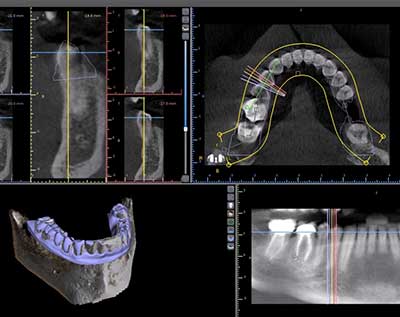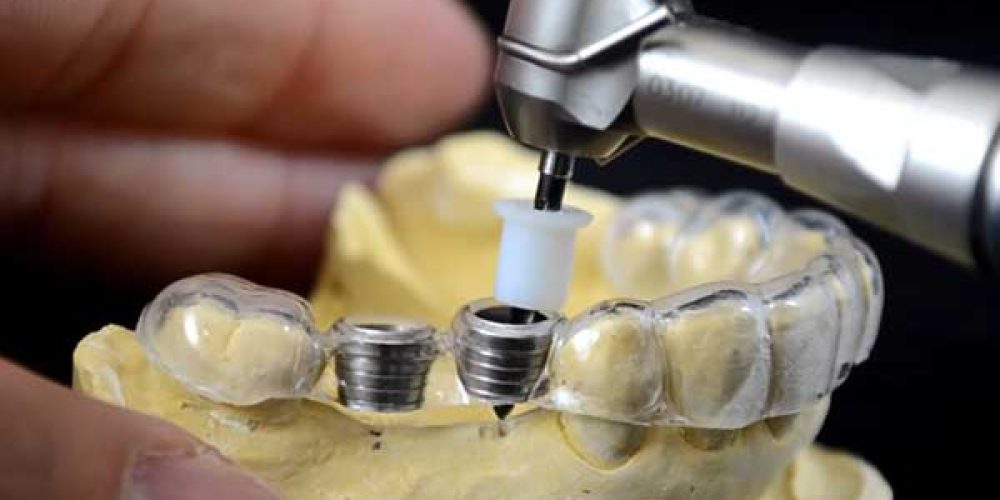Dental implants are the state-of-the art approach to replacing missing teeth. Whether you are missing a single tooth or nearly all of your teeth, dental implants provide durability, stability and strength. Implants perform almost like your natural teeth. And when dental implants are truly affordable, as they are in Costa Rica, it’s a “can’t lose” situation.
Did you know that there is an approach to dental implants that makes insertion less invasive and placement more precise? It is called a “surgical guide.”
To appreciate the difference between implants with and without the use of surgical guides, you have to understand some of the technical aspects of a dental implant. Let’s start with what we mean by “invasive.” Dental implants require a hole that is drilled into the bone of the jaw. The hole must be placed at the most ideal location. Then it is drilled at a precise 90-degree angle to the jawbone and drilled to the exact depth specified by the manufacturer.
Surgical Guides Allow for Precision Placement
Most dentists cut the gums away from the bone to achieve the precision needed. This makes it better judge where to drill, and clearly see the angle and depth. Dental implants are considered a surgical procedure. Implanting traditionally requires cutting the gums and exposing the bone. Beyond that, the precision is entirely determined by the visual and manual skill of the dentist. While most experienced dentists are very good at making these judgments, some implants are inserted improperly and can cause problems later down the road.


What if there were a way to insure that the location, angle and depth of the drilling for dental implants were 100% accurate? What if there was a way that didn’t require cutting the gums and exposing the bone? That’s exactly what surgical guides are designed to do.
Are Surgical Guides Accurate?
Surgical guides are small, custom-designed dental devices. A surgical guide is designed using digital information from 3D CT scan X-rays showing the structures of the mouth that are ordinarily invisible. The dentist can plan precisely where the drilling is to be done using this data. They create a 3D model of the patient’s mouth with special software, all without cutting their gums.


The difference in the patient experience and recovery with the use of surgical guides is significant. This is because no scalpels or stitches are required. A patient commented on his experience having implants both without and with a surgical guide:
”On one of the implants I had (without a surgical guide) … I came home bruised and felt like I had been beaten up. Compared to the following visit where it seemed liked they used some kind of guide (with surgical guide) it was almost painless.”
If you are interested in dental implants and dental clinics that use surgical guides in Costa Rica, fill out the “Find a Dentist” form on the right. A participating dental specialist will reply to your needs.

